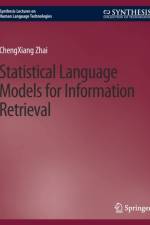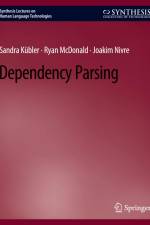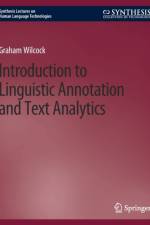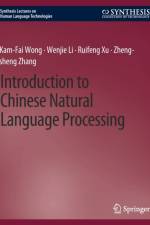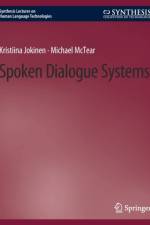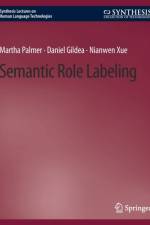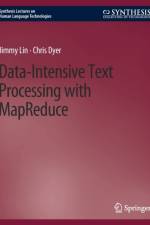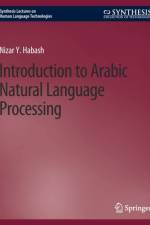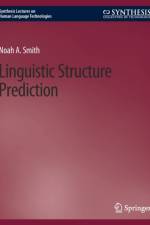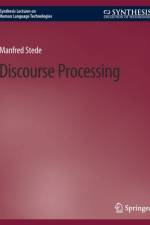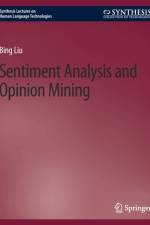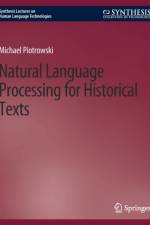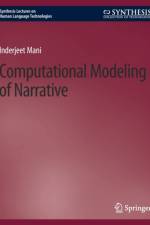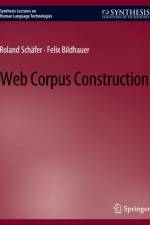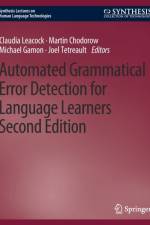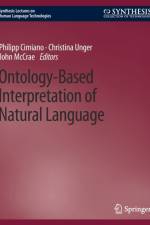av Inderjeet Mani
405,-
The field of narrative (or story) understanding and generation is one of the oldest in natural language processing (NLP) and artificial intelligence (AI), which is hardly surprising, since storytelling is such a fundamental and familiar intellectual and social activity. In recent years, the demands of interactive entertainment and interest in the creation of engaging narratives with life-like characters have provided a fresh impetus to this field. This book provides an overview of the principal problems, approaches, and challenges faced today in modeling the narrative structure of stories. The book introduces classical narratological concepts from literary theory and their mapping to computational approaches. It demonstrates how research in AI and NLP has modeled character goals, causality, and time using formalisms from planning, case-based reasoning, and temporal reasoning, and discusses fundamental limitations in such approaches. It proposes new representations for embedded narratives and fictional entities, for assessing the pace of a narrative, and offers an empirical theory of audience response. These notions are incorporated into an annotation scheme called NarrativeML. The book identifies key issues that need to be addressed, including annotation methods for long literary narratives, the representation of modality and habituality, and characterizing the goals of narrators. It also suggests a future characterized by advanced text mining of narrative structure from large-scale corpora and the development of a variety of useful authoring aids. This is the first book to provide a systematic foundation that integrates together narratology, AI, and computational linguistics. It can serve as a narratology primer for computer scientists and an elucidation of computational narratology for literary theorists. It is written in a highly accessible manner and is intended for use by a broad scientific audience that includes linguists (computational and formal semanticists), AI researchers, cognitive scientists, computer scientists, game developers, and narrative theorists. Table of Contents: List of Figures / List of Tables / Narratological Background / Characters as Intentional Agents / Time / Plot / Summary and Future Directions

